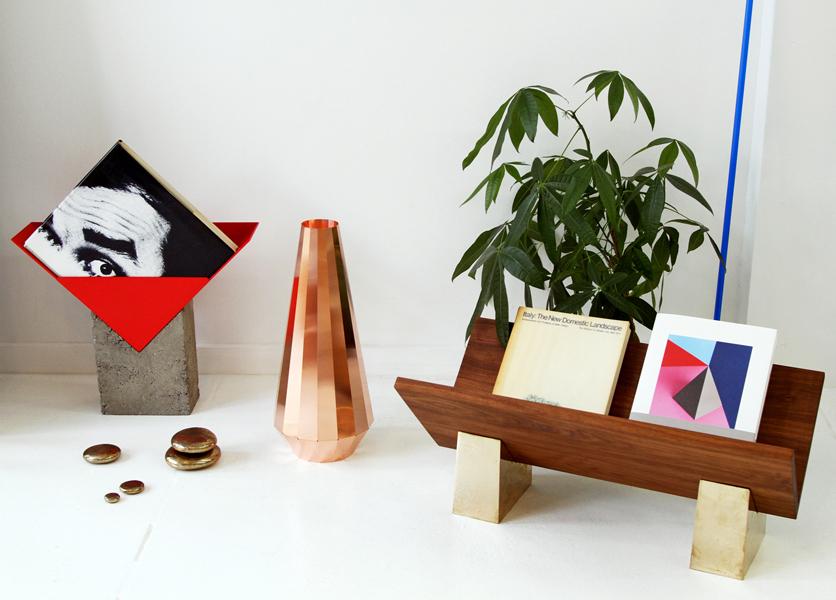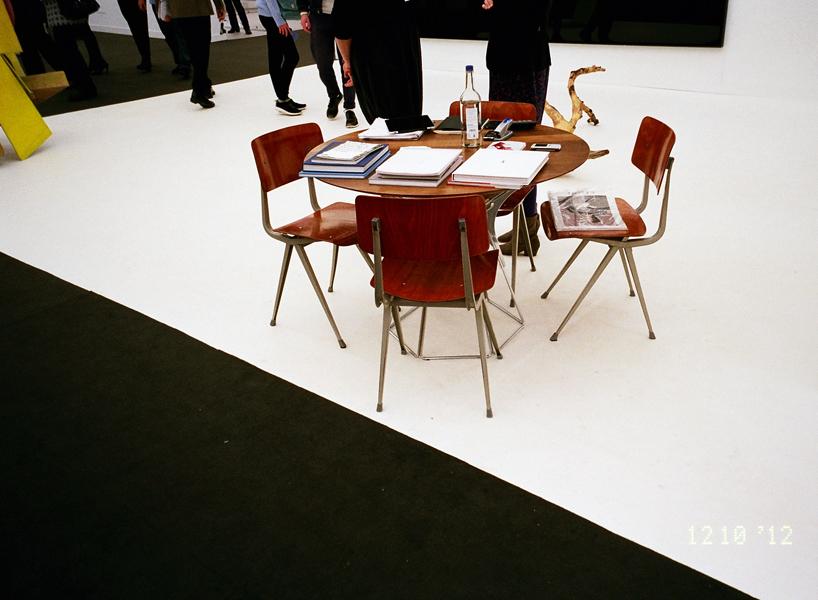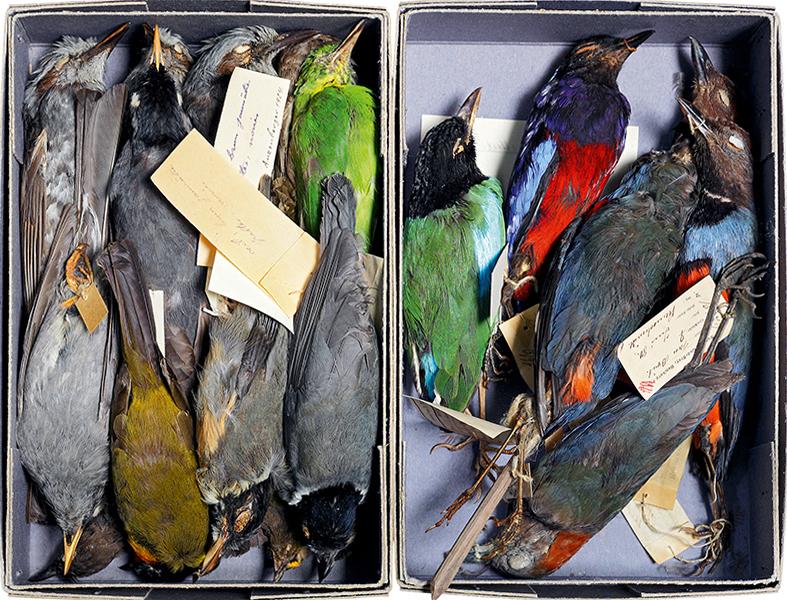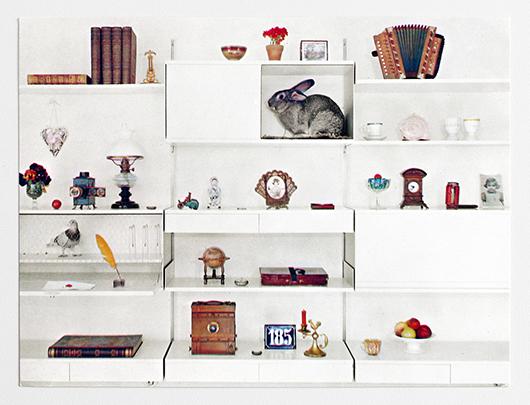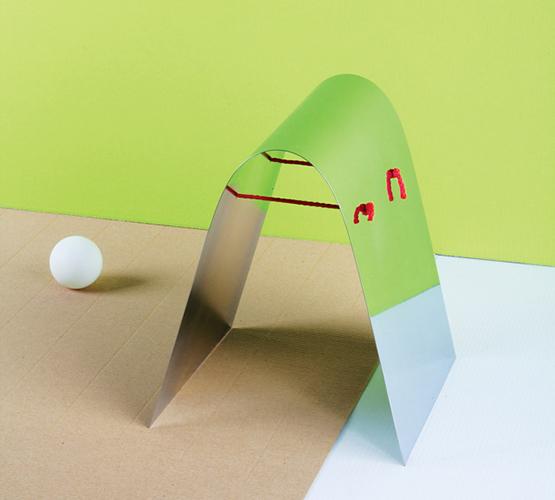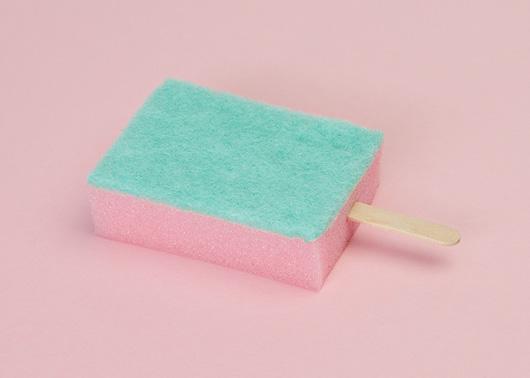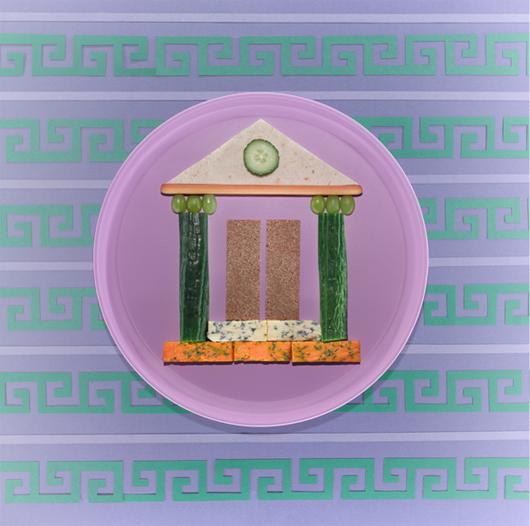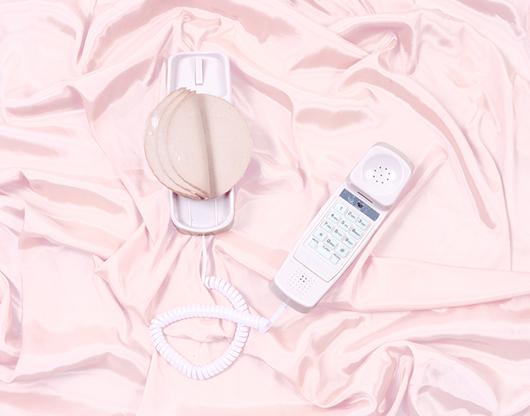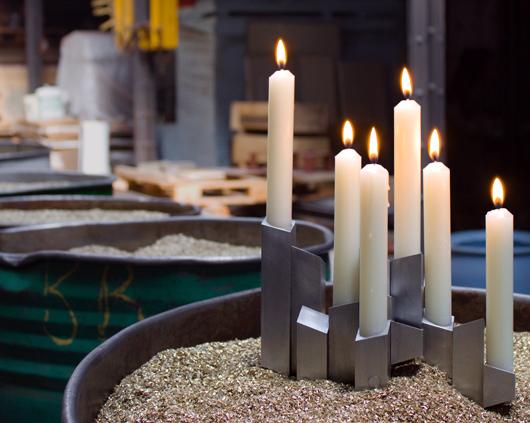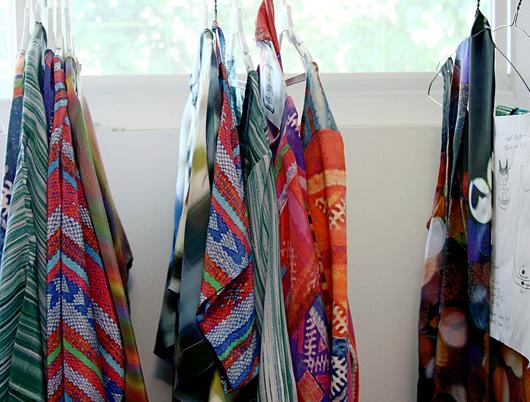
12.21.12
The Making of
Archivo Diario by Melinda Santillan and Marco Rountree Cruz
If you're the kind of person who pays attention to Pinterest, you may have spotted the playful image above making the rounds there as of late. But we can pretty much guarantee you don't know the story of the two Mexican artists who created it — and the blog it's pulled from, Archivo Diario — which turns out to be one of the more amusing tales we've heard in awhile. We were lucky enough to meet Marco Rountree Cruz and Melinda Santillan at a party thrown this fall by Jennilee Marigomen of 01 Magazine, and we decided to keep in touch with the Mexico City–based couple, who launched Archivo Diario three months ago both as a way to force themselves to create something new every day and to try their hand at working together (Cruz being a successful installation artist and Santillan more of an art director). But when we dug a little deeper, we found out that the endeavor was technically their second collaboration, and was in many ways a direct reaction to the failure of first: an elaborate script for a stylized telenovela that they dreamed of actually producing, but that has since languished in their desk drawer. We were so impressed by the couple's boundless creative ambitions — just wait until you hear about the crazy project Cruz is working on now — that we begged them to tell us everything
